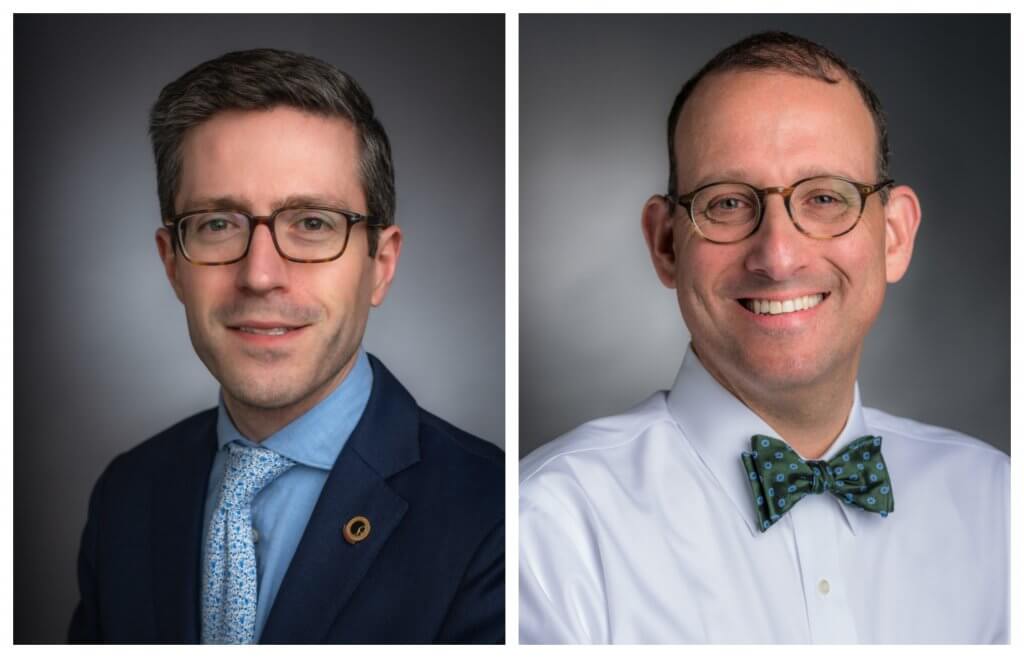While some racial and ethnic groups have been underrepresented in clinical trials of therapies for lung cancer, breast cancer and other malignancies, researchers speculated that the situation might be different for adult leukemia trials.
The unique features of the disease — the speed with which it needs to be treated after diagnosis, the delivery of treatment in hospitals rather than outpatient clinics — might result in fewer disparities in trial participation, it was hypothesized.
A recent study by Dana-Farber investigators shows such hopes to be unfounded. As reported in the Journal of Clinical Oncology, the researchers found significant participation disparities in national adult acute leukemia trials, which were most substantial at National Cancer Institute-designated Comprehensive Cancer Centers (CCCs).
The results point to the existence of structural barriers to equal enrollment in these trials. Efforts to dismantle those barriers may be particularly effective if they target the specific geographic regions served by the CCCs, the investigators say.
“The place and timing of treatment for adult acute leukemia often differ from that of other major cancers,” says Dana-Farber’s Andrew Hantel, MD, who led the study with Gregory Abel, MD, MPH. “Patients with breast cancer, for example, may have a period of weeks or months between their diagnosis and their decision to enroll in a trial. Adults with acute leukemia, by contrast, need to begin treatment — and decide on a clinical trial — within days or hours of their diagnosis.

“In lung and breast cancer, where disparities in trial enrollment are well documented, patients of color are less likely to be treated at a specialized care center like Dana-Farber, where clinical trials are offered,” he continues. “By comparison, a larger percentage of patients with acute leukemia are referred to tertiary care centers for treatment.
“We wanted to see if these differences resulted in fewer disparities in adult leukemia trials. And if such disparities did exist, we hoped to identify areas where interventions could be effective.”
A ripple of inequities
For the study, investigators calculated such disparities nationally and at CCCs, where up to half of adults with acute leukemia seek care.
Researchers first calculated the percentage of all adults with acute leukemia in a center’s catchment area who were Black, Asian, Hispanic, Native American, and white. They then compared this figure with the percentage of each group who participated in one of the clinical trials. For most of the centers, the percentage of white patients who participated far exceeded the other groups.
“There were disparities at the national level, but they were even worse at the Comprehensive Cancer Centers relative to their catchment area, the specific geographic region they have committed to serve,” Hantel says.
The inequities rippled into related research areas as well. Investigators found that centers with the biggest disparities also had the lowest participation by Black, Asian, and Hispanic participants in programs to bank leukemia tissue for future research.
One exception to this trend involved Native American patients, who had higher levels of clinical trial enrollment than other minority groups. Researchers discovered that this was largely due to the existence of community partnerships in Indigenous health at a handful of the cancer centers.
“This strongly suggests the difference that community partnerships can make at the catchment area level,” Hantel says.
